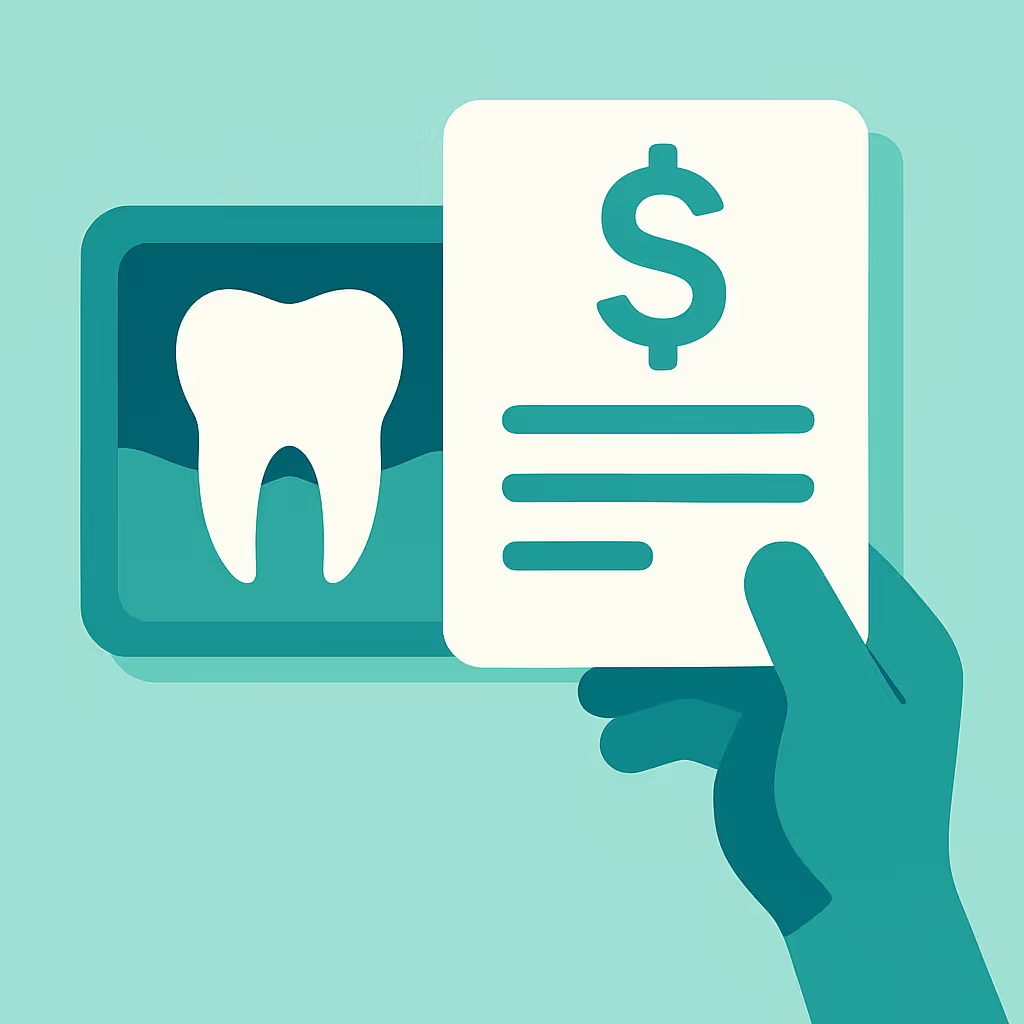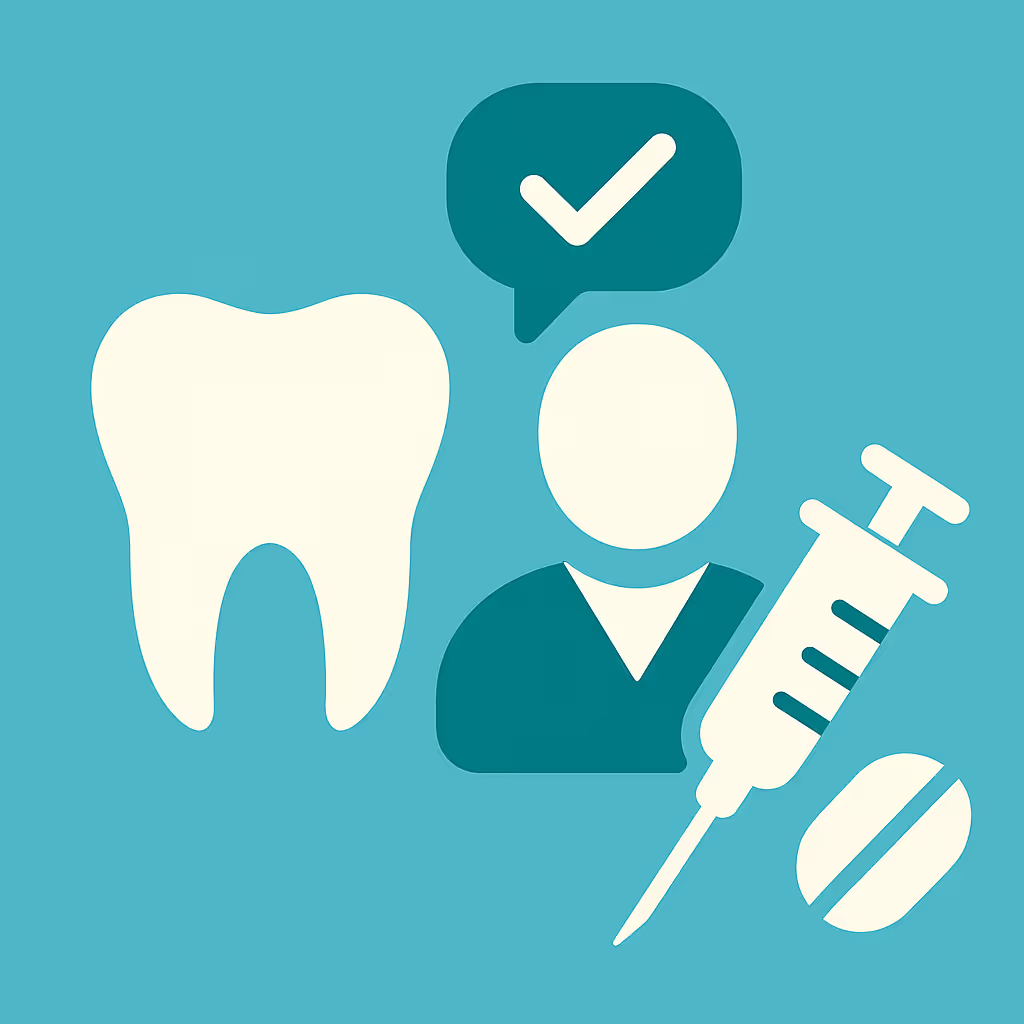Understanding Dental Code D0190
When to Use D0190 dental code
The D0190 dental code is designated for the screening of a patient to determine their need for further dental evaluation. This code is most often used in community outreach, public health settings, or initial visits where a comprehensive evaluation is not performed. It is not a substitute for a full exam, such as comprehensive oral evaluation (D0150), but rather a preliminary step to identify patients who may require more extensive care. Use D0190 when a patient presents for a brief assessment, often outside the traditional dental office setting, or when a quick triage is needed to determine urgency or referral needs.
Documentation and Clinical Scenarios
Accurate documentation is critical when reporting D0190. The clinical note should clearly state that a screening was performed, describe the findings, and indicate whether further evaluation or treatment is recommended. Common scenarios include school-based screenings, community health fairs, or walk-in triage situations. For example, if a hygienist performs a visual inspection at a school and notes visible caries or urgent needs, D0190 is appropriate. Always document the patient’s chief complaint, screening findings, and the recommendation for follow-up or referral. This ensures compliance, supports billing, and provides a defensible record in case of insurance audits.
Insurance Billing Tips
Billing for D0190 requires an understanding of payer policies, as not all dental insurance plans reimburse for screenings. Before submitting a claim, verify coverage with the patient’s insurance provider. When billing, include detailed clinical notes and any supporting documentation. If the claim is denied, review the Explanation of Benefits (EOB) for the reason and consider submitting an appeal with additional information. Successful dental offices often use a checklist to ensure all necessary documentation accompanies the claim, reducing the risk of denials. For patients without coverage, be transparent about out-of-pocket costs and provide a clear financial policy.
Example Case for D0190
Consider a scenario where a dental team participates in a local health fair. A patient visits the booth with concerns about tooth sensitivity. The hygienist performs a visual and tactile screening, notes mild gingival inflammation, and recommends a comprehensive exam at a dental office. The visit is documented as a D0190 screening, with findings and recommendations clearly recorded. The billing team verifies that the patient’s insurance covers screenings, submits the claim with supporting notes, and follows up on the EOB to ensure proper reimbursement. This workflow illustrates best practices for using D0190 in real-world outreach settings.





